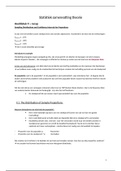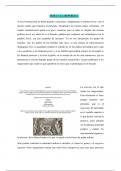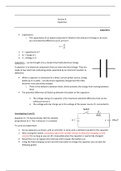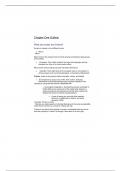Samenvatting
Summary Introduction to Statistics
- Vak
- Instelling
- Boek
These summaries provide short notes on the most important topics covered in introductory first year University statistical courses. Each chapter contains notes as well as many examples with step-by-step procedures on how to practice the theory. With statistics, it is vital to know your theory bu...
[Meer zien]












